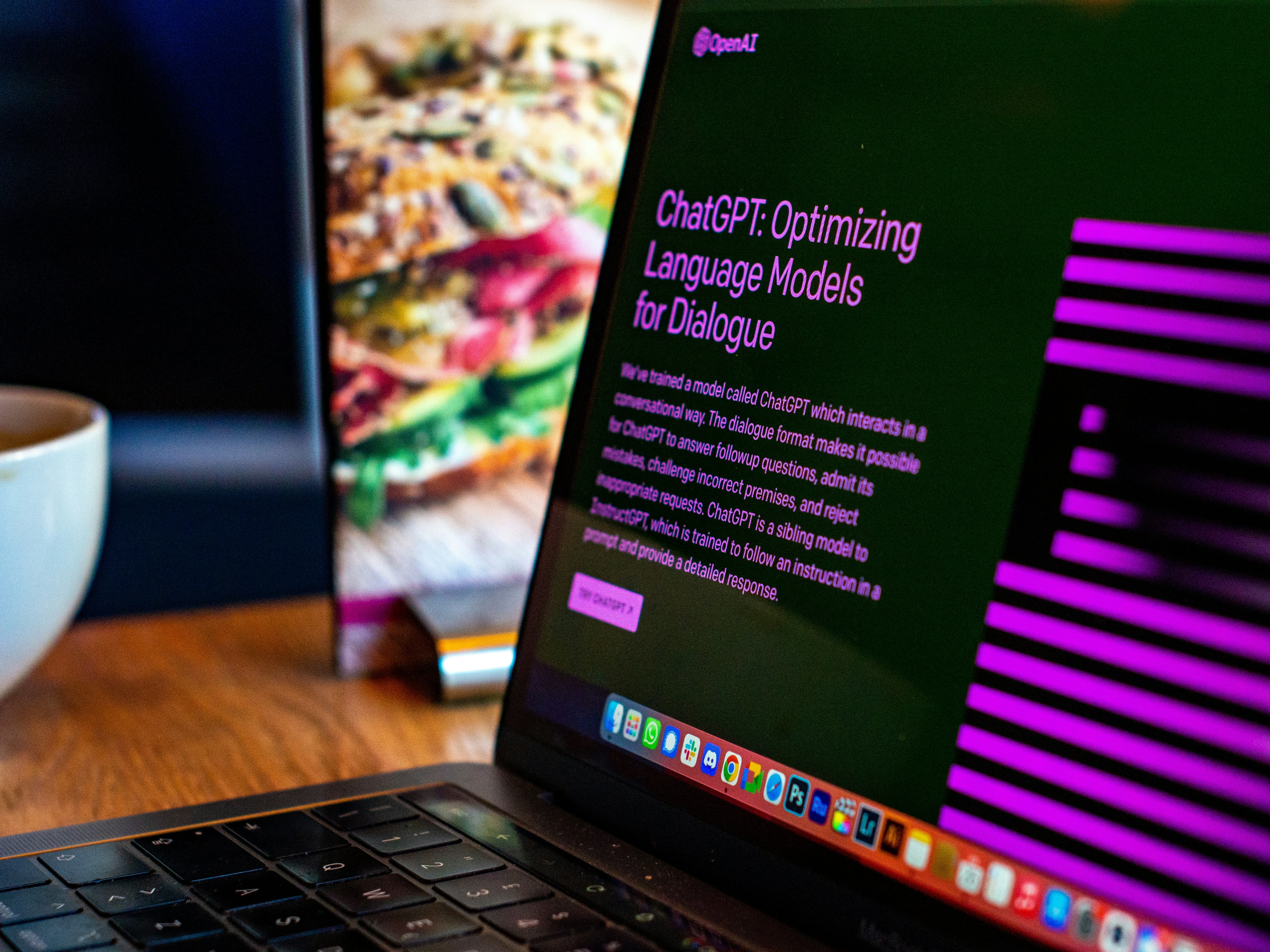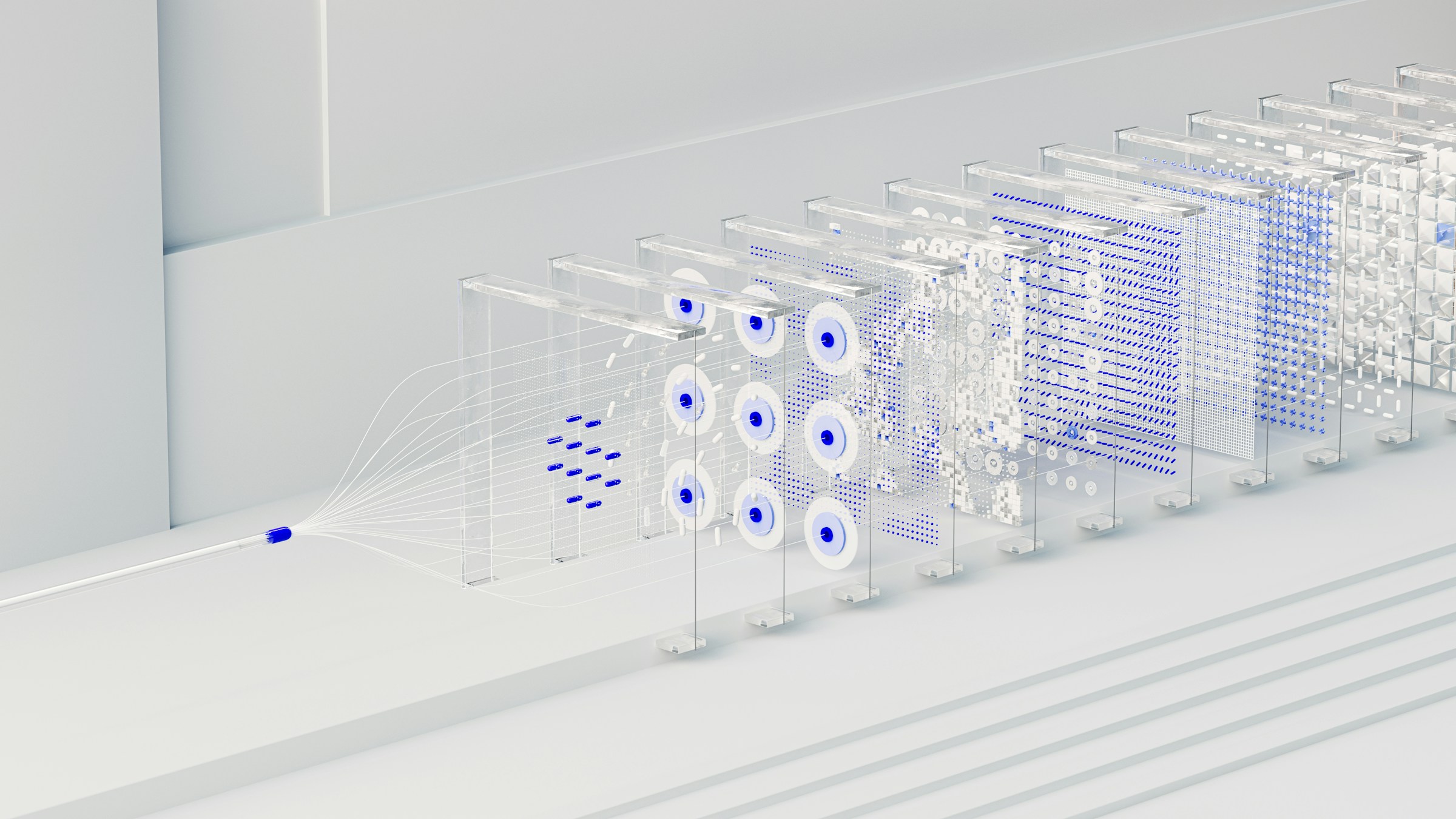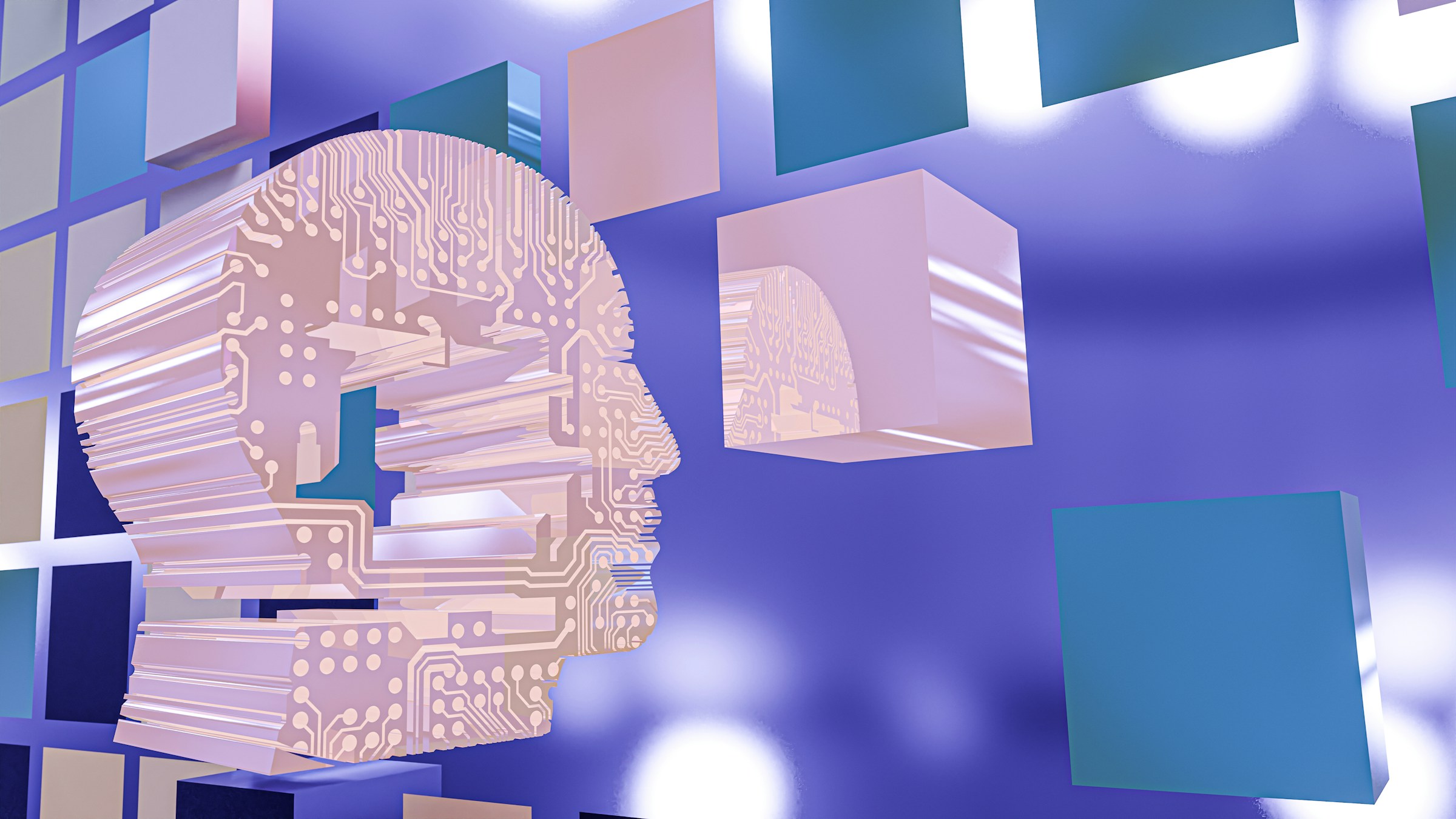Content
Consider you’re a business owner excited about the possibilities of AI. After some research, you settle on using AI agents to improve efficiency and cut costs. However, when you share your plans with stakeholders, they raise concerns about the reliability of AI. You can’t blame them. There are countless stories of AI behaving erratically and producing biased results.
To make matters worse, the AI agents you’ve researched have no guarantees.
They’re a black box that you only hope will produce accurate results. So, how do you ease your stakeholders' worries? You build a trustworthy AI system that they can feel confident using. The trouble is, you aren’t quite sure how to do that. AI agent frameworks can help. They provide a structured approach to building AI systems that can address your stakeholders' concerns. In this guide, we’ll discuss the value of AI agents and how frameworks can help you build trustworthy AI systems.
OpenSesame's AI agent infrastructure simplifies the process of building trustworthy AI systems. It offers a structured approach to building AI that can address stakeholder concerns and ease integration.
Table of Content
What Is An AI Agent Framework?
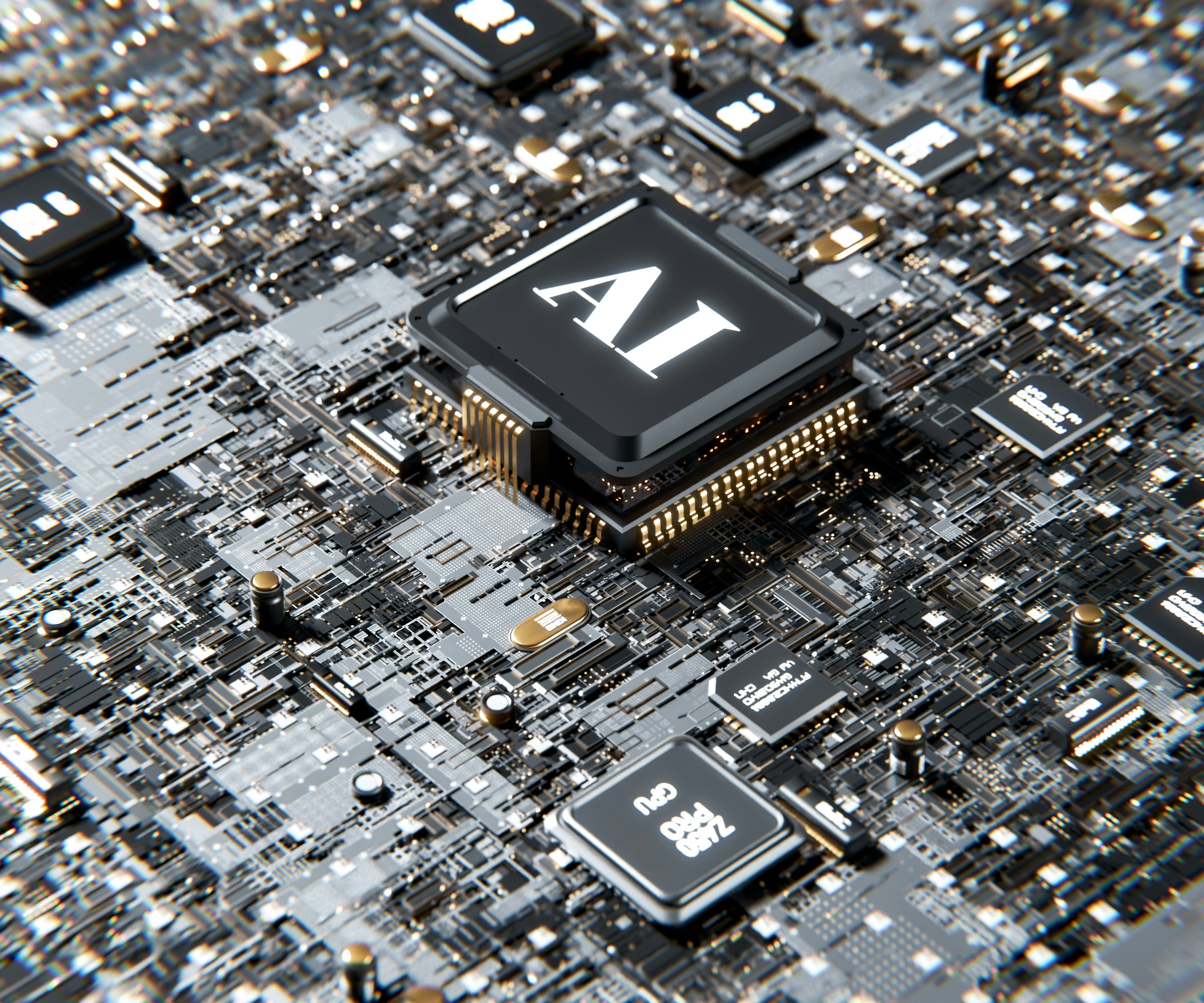
An AI agent framework is a software platform consisting of code, libraries, and APIs designed to facilitate the creation and deployment of AI agents. These frameworks help developers build, deploy, and manage agents that can autonomously interact with their environment, gather data, make decisions, and take actions based on predefined goals. An AI agent framework provides a structured and systematic approach to building these intelligent systems.
It offers the necessary tools, libraries, and infrastructure, enabling developers to focus on their projects' specific requirements and goals rather than dealing with the complexities of building the underlying architecture from scratch. By offering pre-built modules and integration tools, these frameworks make it easier to build scalable AI applications without needing to write everything from scratch.
Related Reading
• Trustworthy AI
• AI Problems
• Contextual AI
• AI Decision Making
Key Components of AI Agent Frameworks

Agent Architecture: The Internal Framework of AI Agents
The agent architecture defines the internal structure of an AI agent. Like a building, the architecture determines how the agent is organized and how internal systems interact. It specifies the agent’s decision-making processes, memory systems, and interaction capabilities. For instance, an architecture may use a neural network to facilitate decision-making or employ a rule-based system to define how the agent communicates with humans.
Environment Interfaces: Connection Tools for AI Agents
Environment interfaces are the connection tools that allow AI agents to interact with their operating environments, whether simulated or real. These interfaces enable agents to gather and translate data from their surroundings into actionable information that drives decision-making processes. For example, an AI agent that controls a robotic arm would use environment interfaces to touch and manipulate objects in its operating environment, gathering data to inform its performance.
Task Management: Organizing an AI Agent’s Responsibilities
Task management systems help AI agents define, assign, and track task completion. These systems structure the agent’s responsibilities and enable stakeholders to monitor the agent’s performance and progress over time. For example, a task management system could help organize an AI agent’s duties in a complex project alongside human team members.
Communication Protocols: The Interaction Language of AI Agents
Communication protocols are the interaction languages that enable AI agents to communicate with humans and other agents. These protocols help define how different entities exchange and understand information, ensuring that performance is organized and efficient. For instance, if multiple AI agents are working on a project, communication protocols will help ensure the agents can exchange information and update each other on their progress in an understandable way to both parties.
Learning Mechanisms: The Building Blocks of AI Agent Intelligence
Learning mechanisms are the core components of AI agent intelligence. These features implement machine learning algorithms that help AI agents improve their performance over time. For instance, an AI agent that performs customer service functions may use learning mechanisms to identify and implement process improvements that help boost accuracy and task completion times.
Integration Tools: Extending AI Agent Capabilities
Integration tools are utilities that connect AI agents with external data sources, APIs, and other software systems. These tools help extend AI agents' capabilities by allowing them to access and leverage information outside their operating environments. For example, an AI agent assisting with hospital operations could use integration tools to pull real-time information from an external database to help make decisions about patient care.
Monitoring and Debugging: Tracking AI Agent Performance
Monitoring and debugging features allow developers to observe AI agents’ behavior, track performance, and identify issues. These tools help ensure AI agents function as intended and provide insights that help improve agents’ operations over time. For example, monitoring tools can help identify when an AI agent makes inaccurate decisions and provide visibility into the processes driving those choices.
OpenSesame: The Hallucination-Busting AI Agent Platform
OpenSesame offers innovative AI agent infrastructure software that grounds AI models in reality. Our platform reduces hallucinations, enhances reliability, and saves hours of manual checking. Key features include real-time hallucination reports, business data integration, multimodal AI expansion, and open-source frameworks.
We provide ungrounded truth recognition, prompt template extraction, accuracy scoring, and a hallucination dashboard. OpenSesame allows businesses to confidently build trustworthy AI systems, offering real-time insights without latency for high-performing, reality-grounded AI solutions. Try our AI agent infrastructure management software for free today!
Related Reading
• Trustworthy AI
• AI Problems
• Contextual AI
• AI Decision Making
8 Best AI Agent Frameworks For Efficient Models

1. OpenSesame.dev: Grounding AI Agents in Reality
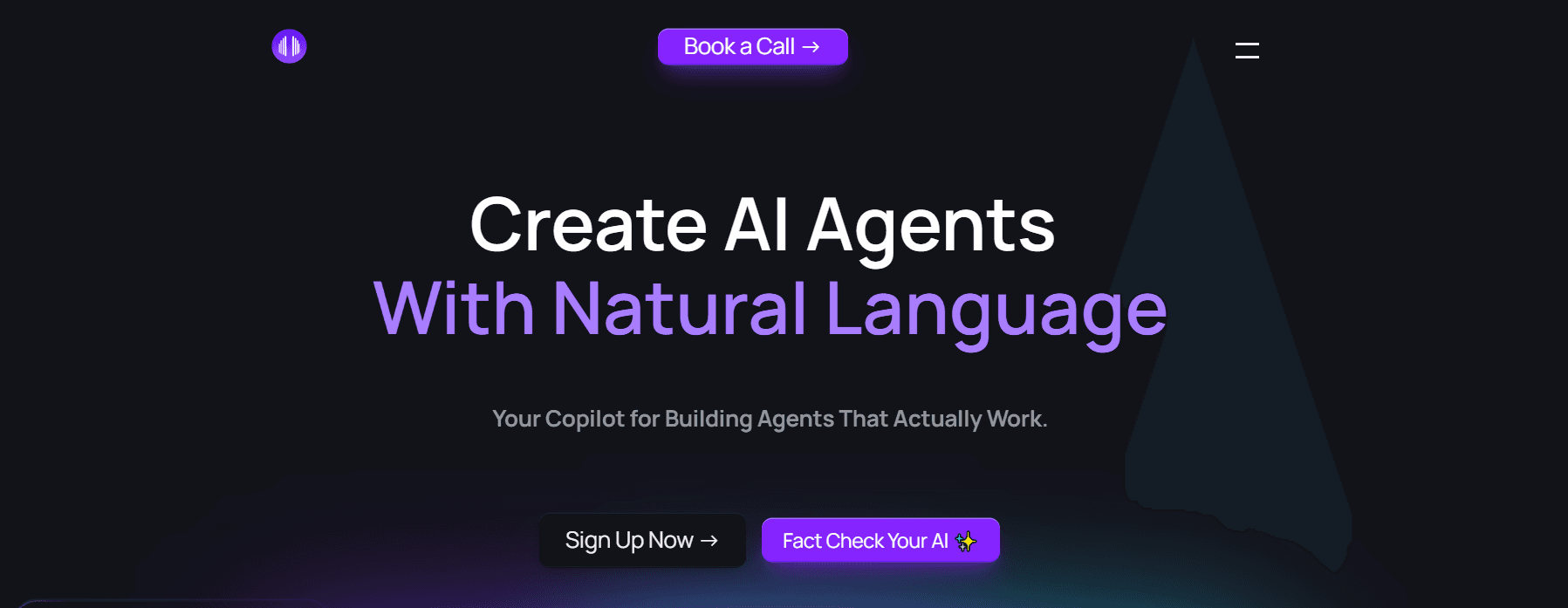
OpenSesame offers innovative AI agent infrastructure software that grounds AI models in reality. Our platform reduces hallucinations, enhances reliability, and saves hours of manual checking. Key features include real-time hallucination reports, business data integration, multimodal AI expansion, and open-source frameworks.
We provide ungrounded truth recognition, prompt template extraction, accuracy scoring, and a hallucination dashboard. OpenSesame allows businesses to confidently build trustworthy AI systems, offering real-time insights without latency for high-performing, reality-grounded AI solutions. Try our AI agent infrastructure management software for free today!
2. Autogen: The Swiss Army Knife of Agent Frameworks
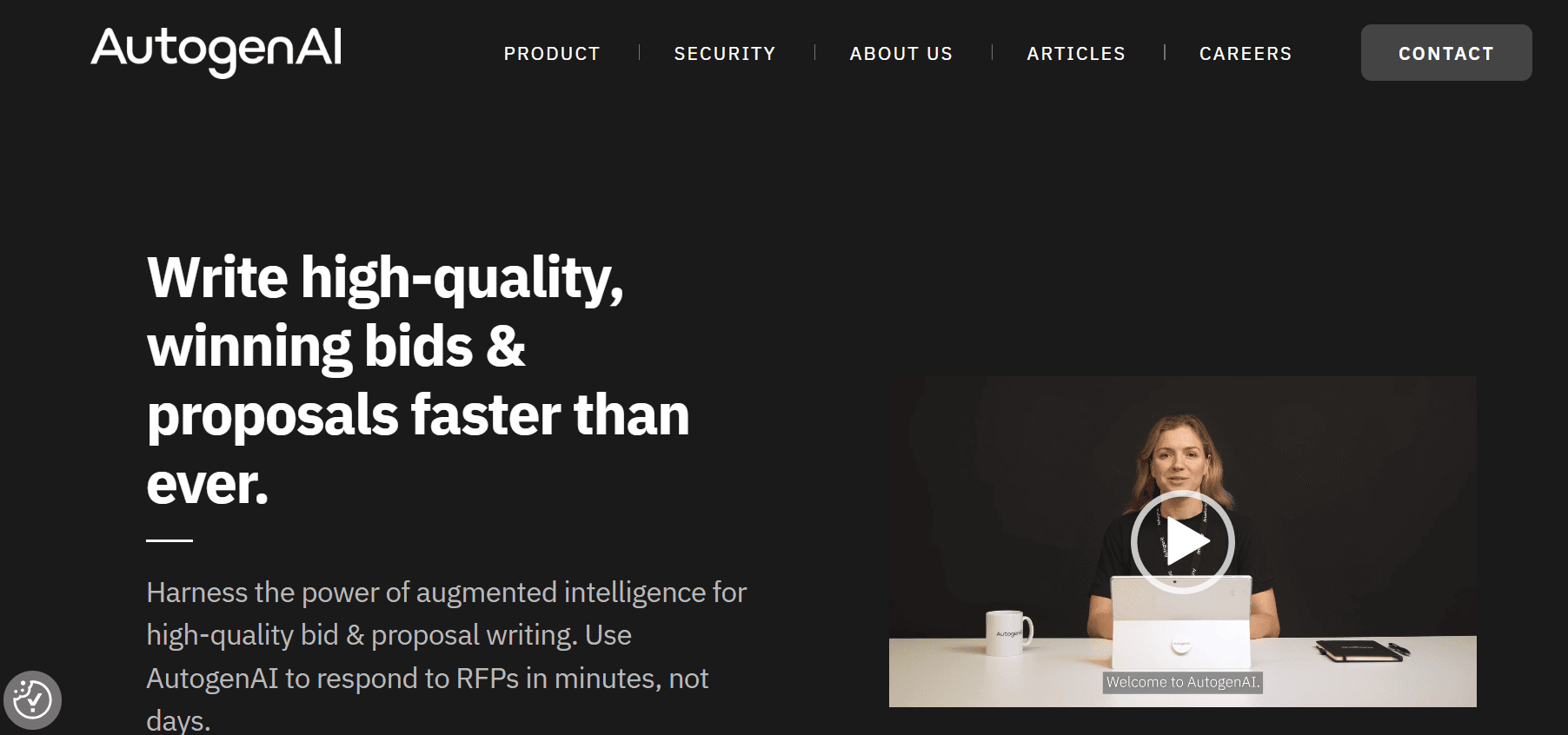
Autogen is like the Swiss Army knife of agent frameworks. It can do many things simultaneously and even handle live data streams. It’s great for setting up complex plans with its planning agent feature. With over 27,500 stars on GitHub, it’s clear that many people trust and use Autogen. The maintainers of this repo are quick to respond if you have issues, and the flexibility here is top-notch. You can even run multiple agents at once.
But, you need to write quite a bit of code to set things up—about a page just to get started.
Applications
Real-time data handling: Autogen is ideal for applications that require real-time processing, such as trading algorithms, autonomous systems, or IoT devices.
Complex task management: Suitable for orchestrating multi-agent tasks in areas like logistics, autonomous driving, or workflow automation.
Advanced planning systems: Useful in scenarios that demand complex planning agents, like supply chain management or intelligent city planning.
3. LangChain: The Adaptable Framework
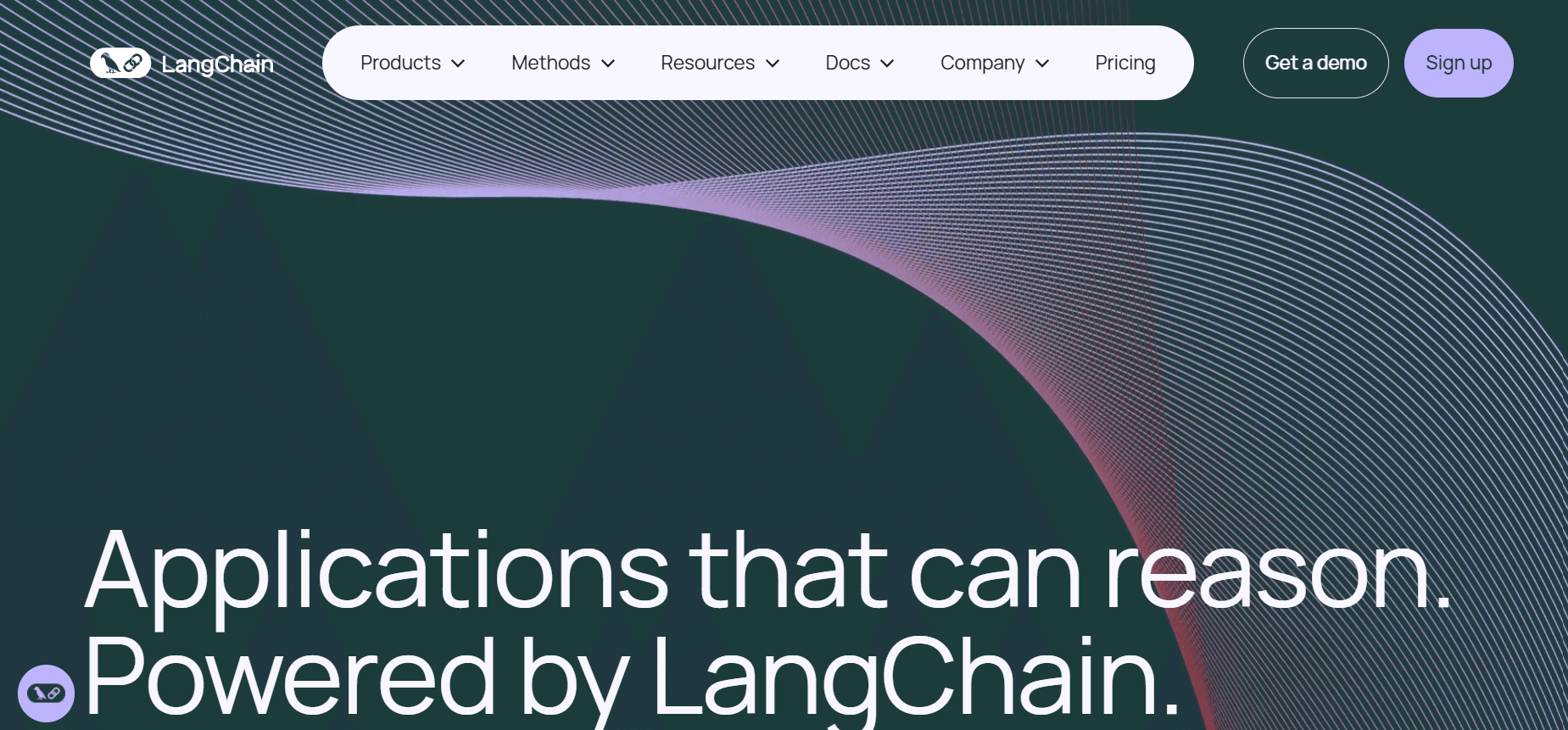
LangChain, a robust and adaptable framework, makes developing large language models (LLMs)- powered applications easier. Thanks to its extensive tools and abstractions, developers may design powerful AI agents with complicated reasoning, task execution, and interaction with external data sources and APIs.
Fundamentally, retaining context throughout lengthy talks, incorporating outside information, and coordinating multi-step projects are only a few difficulties developers encounter while collaborating with LLMs. LangChain tackles these issues. Because of its modular architecture, the framework is quickly composed of various components and may be used for multiple purposes.
Applications
LLM-powered apps: Excellent for developing applications that leverage large language models, like chatbots, virtual assistants, or conversational AI.
Integrating external data: LangmuChain excels at pulling data from APIs and external sources, which is crucial for knowledge retrieval systems, data pipelines, or automated research tools.
Task execution: LangChain can manage lti-step processes like customer service automation, healthcare systems, or document processing.
4. Semantic Kernel: The Real-Time Task Manager
Like Autogen, Semantic Kernel can manage tasks while dealing with continuous data. It also plays nice with Autogen agents, meaning they can work harmoniously. It’s designed to reuse what you build in different projects, which is super handy. Plus, it remembers stuff (thanks to a built-in memory module), like having an intelligent assistant who doesn’t forget your preferences.
But, It mainly speaks C#, with features being rolled out in Python afterward.
Applications
Continuous task execution: Similar to Autogen, Semantic Kernel can be applied to scenarios involving real-time updates, such as monitoring systems or dynamic pricing platforms.
Project reuse: Its reusable components make it ideal for modular applications, such as content recommendation systems, personalized e-learning platforms, or software development tools.
Innovative memory-based systems, such as personalized healthcare or adaptive customer support systems, are great for memory retention tasks.
5. LangGraph: A New Frontier for AI Systems
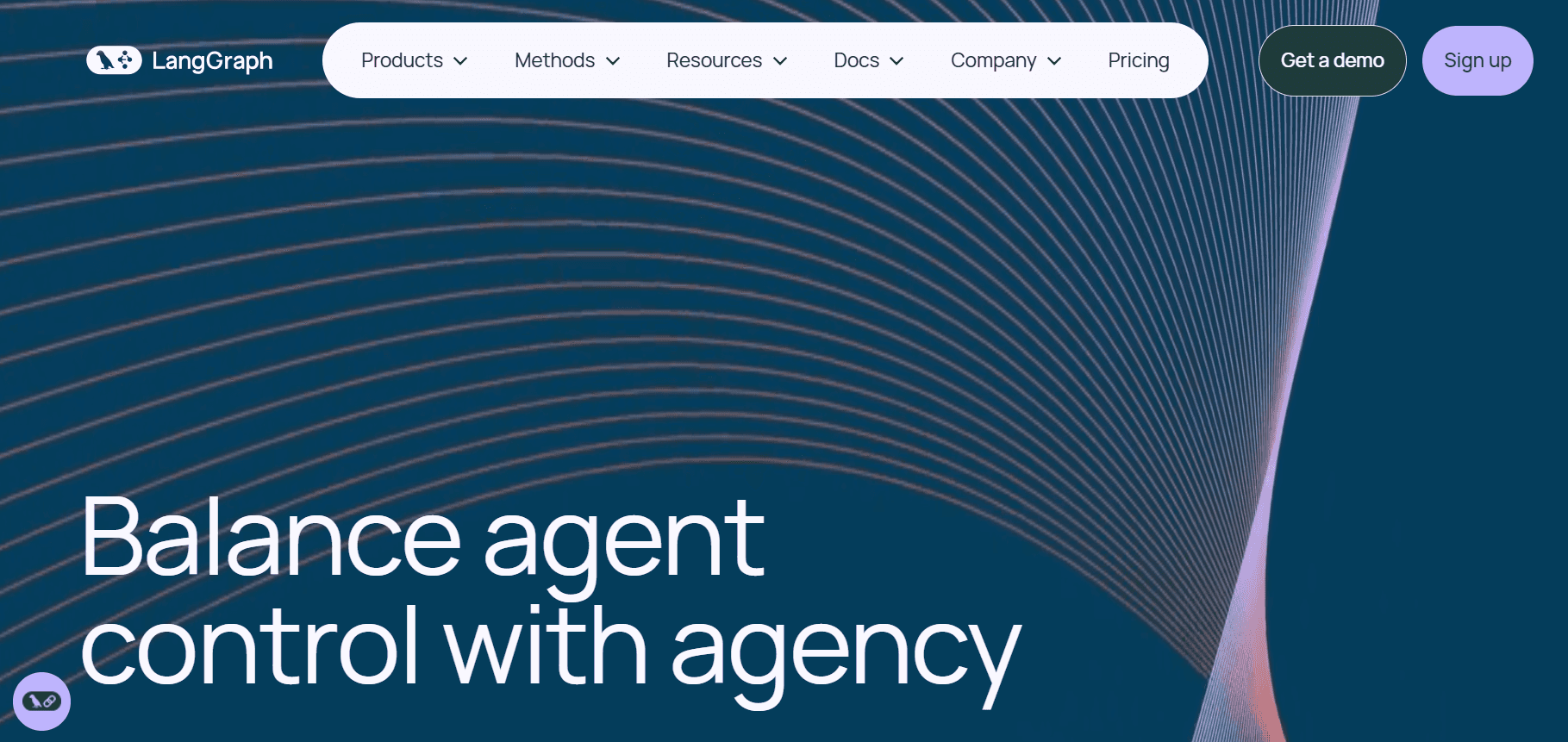
LangGraph is an extension of LangChain that enables the creation of stateful, multi-actor applications using large language models (LLMs). It’s beneficial for building complex, interactive AI systems involving planning, reflection, and multi-agent coordination. By providing a graph-based framework for planning and carrying out AI operations, LangGraph expands on the foundation laid by LangChain.
Thanks to the framework’s emphasis on planning and reflection, AI systems that can reason about their processes, learn from previous interactions and dynamically modify their methods can be created. This holds great potential for building artificial intelligence that can manage intricate and dynamic situations and gradually enhance its capabilities.
LangGraph’s multi-agent capabilities allow for the creating of systems where numerous AI entities can communicate, collaborate, or compete. This is valuable in developing sophisticated strategic planning systems, complex environment simulations, and more adaptable and realistic AI behaviors across various applications.
Applications
Complex, stateful AI systems: LangGraph is valuable for AI systems requiring multiple actors and sophisticated coordination, like strategic games, collaborative AI agents, or environmental simulations.
Reflection-based AI is useful in AI systems that need to self-improve and adapt over time, such as financial planning tools or autonomous research assistants.
Strategic planning systems are perfect for long-term AI operations, such as defense, urban planning simulations, or business strategy applications.
6. CrewAI: The Easy-to-Use Agent Framework
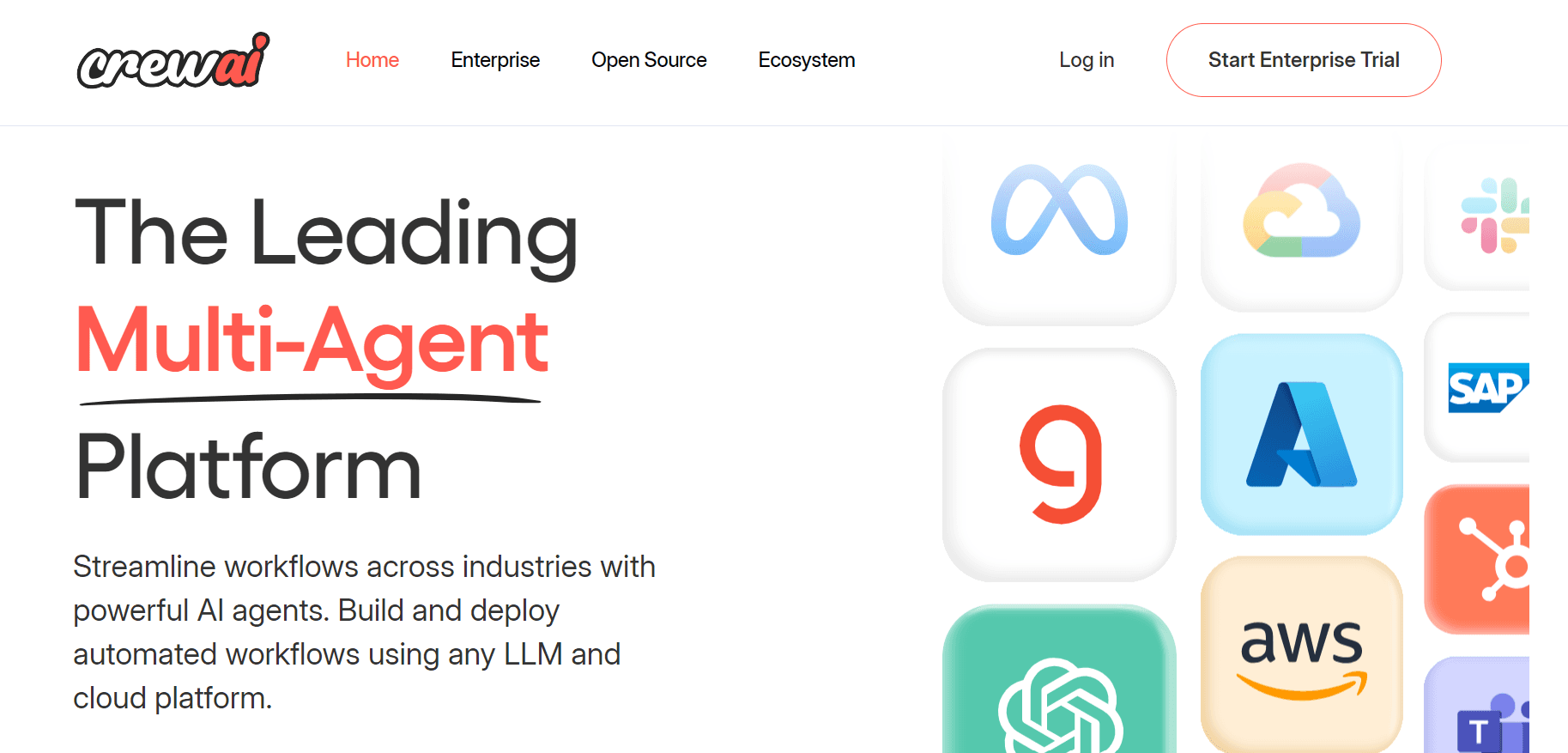
CrewAI is very similar to Autogen, but it prides itself on being better at choosing which agent to deploy next. Getting an agent up and running with just a few lines of straightforward code is much easier. It’s perfect for beginners or those who want to get things done without a setup hassle.
However, It doesn’t handle streaming function calling, which is crucial for many projects. For example, to make things faster, ChatGPT streams back words instead of just one chunk all at once, and from what I am seeing, CrewAI can’t do that, which is a huge problem. I could be wrong, though. Please correct me if CrewAI does offer streaming.
Applications
Simple, quick agent setup: CrewAI is ideal for developers looking to deploy essential AI agents quickly, making it useful in educational tools, basic chatbots, or workflow automations.
Task prioritization: It can be used where it’s crucial to determine the next agent in a sequence, such as in helpdesk support systems, lead scoring systems, or task management platforms.
7. MemGPT: A Promising Concept for Extended Memory

Though not an agent itself, MemGPT is an excellent concept. It allows an agent to remember conversations way longer than its context window and store notes on conversations like a computer stores information on a hard drive. It even personalizes interactions, which can make digital interactions feel more human. EDIT: I was unable to get MemGPT to work. Its authors are busy working on their PhDs and need help supporting the repo. Nonetheless, this is a promising idea, and I hope they get it up and running.
Applications
Extended memory interactions are ideal for systems where long conversations need to be remembered, such as virtual assistants, therapy chatbots, or personalized tutoring systems.
Personalization: This can be used in any domain where user preferences and prior interactions are critical, such as e-commerce recommendation systems, customer support, or healthcare management.
8. Wordware: Natural Language Programming for AI Development
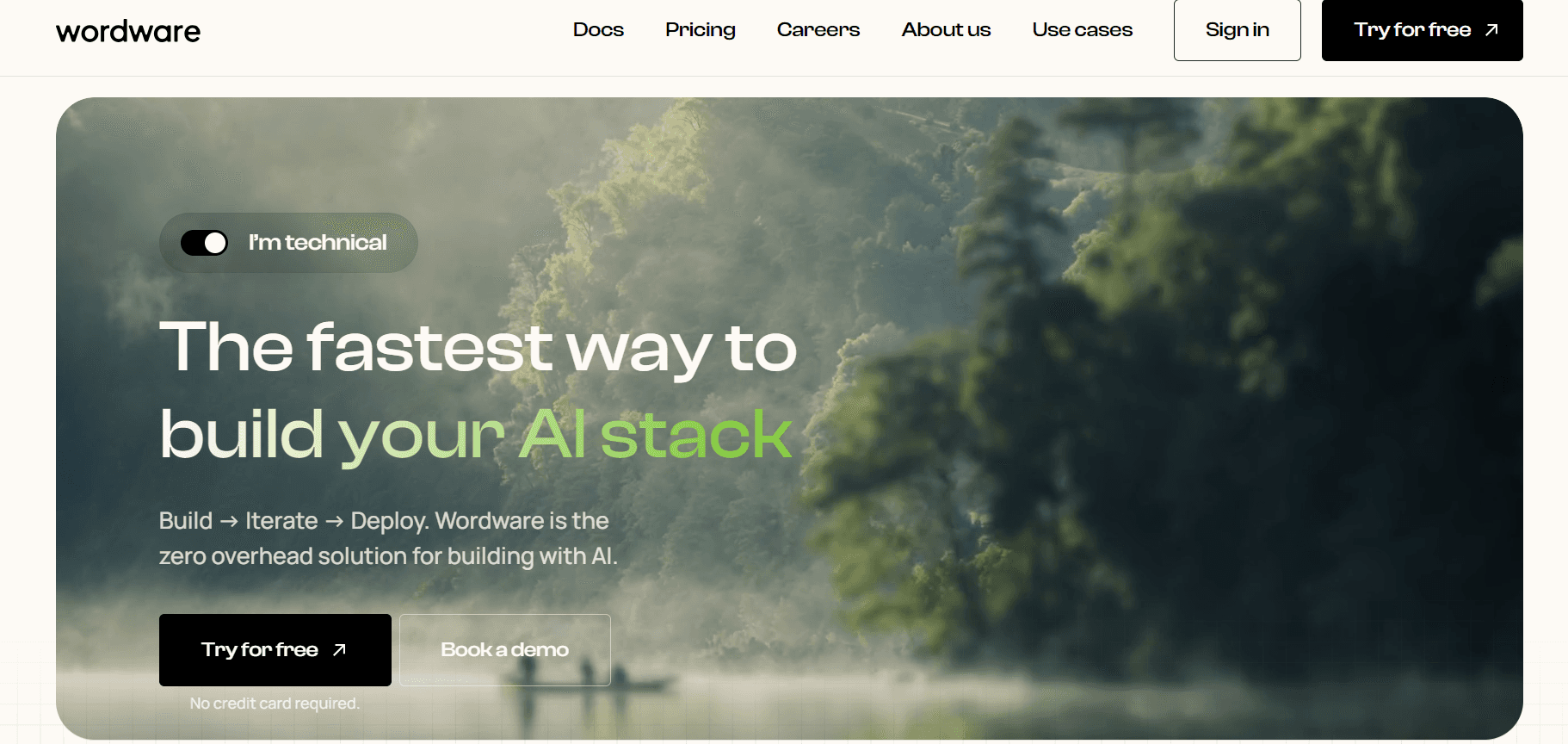
Wordware is a powerful Integrated Development Environment (IDE) that enables users to build AI agents and applications through natural language programming. This approach lets developers create complex AI applications using simple language, making them accessible to a broader audience thanks to its user-friendly platform. Wordware’s capabilities extend beyond providing access to the essential LLMs, offering advanced features such as loops, branching for complex decision-making, structured generation using JSON mode, and version control.
In addition to custom code execution that enables connections to external APIs (e.g., external databases), the platform offers multimodal support, smoothly integrating text, images, audio, and video within AI workflows. Users can easily switch between data modalities and feed different input types directly into models.
Applications
Natural language-based development is excellent for democratizing AI development, allowing non-technical users to build AI applications in fields like education, healthcare, and marketing.
Multimodal applications: Wordware’s ability to handle different input types (text, images, audio, video) makes it ideal for content creation tools, multimedia platforms, or virtual assistants.
Complex decision-making systems can help build decision-support systems, adaptive learning platforms, and dynamic content-generation tools.
Importance of AI Agent Frameworks

Boost Your AI Operations with Efficiency
AI agent frameworks bring a new efficiency level to the development process of artificial intelligence solutions. For instance, Integrail.ai's multi-agent system was used by a small marketing firm to automate campaign management tasks such as content creation and performance analysis. By managing everything through AI agents, the firm reduced the need for a large team and cut labor costs. The ability to rapidly deploy AI agents for such tasks makes the process far more efficient than traditional methods.
Scale Up Your Business with AI Agent Frameworks
AI agent frameworks excel at scaling AI applications to support growing business demands without compromising performance. For example, an e-commerce startup began with a simple chatbot but later added agents for order tracking, personalized recommendations, and fraud detection as the business grew. The startup managed to expand its capabilities without overhauling the entire system. The ease of integrating additional agents to meet increasing demands highlights how scalable AI agent frameworks can be.
Get Custom Solutions with Flexible AI Frameworks
AI agent frameworks offer the flexibility to integrate various AI models and tools to create customized solutions tailored to specific needs.
Robust AI Operations for Better Reliability
AI agent frameworks enhance the reliability and stability of AI systems, reducing the risk of failures and ensuring continuous operation. In one example, a healthcare startup integrated AI agents into its patient management system to automate appointment scheduling, update medical records, and personalize patient interactions. The system's robustness ensured that operations continued without disruptions, improving patient care and operational efficiency. The ability of these frameworks to maintain smooth operations, even as complexity grows, demonstrates their reliability.
Drive Innovation with AI Agent Frameworks
AI agent frameworks facilitate exploring and implementing advanced AI techniques that drive innovation and competitive advantage. An example is the use of agentic AI in autonomous systems, where multiple AI agents collaborate to achieve complex goals. This approach allows for continuous innovation, such as in multi-agent automations that optimize business workflows. By enabling businesses to explore and implement such innovative solutions, AI agent frameworks help companies gain a competitive edge.
Try Our AI Agent Infrastructure Management Software for Free Today
OpenSesame offers powerful AI agent infrastructure software that enhances the reliability of AI systems by grounding untrustworthy AI outputs in reality. Their platform helps businesses build trustworthy AI systems, allowing them to reap the benefits of AI while minimizing risks.
What Are The Benefits Of Using OpenSesame?
OpenSesame reduces AI hallucinations, helping businesses avoid the dangers of deploying unreliable AI systems. Their platform enhances accuracy and reliability through real-time insights that promote rapid remediation. In addition to supporting business data integration and multimodal AI expansion, OpenSesame also features open-source frameworks that facilitate customization for specific business needs.
Related Reading
• How to Improve Machine Learning Model
• AI Decision Making Examples
• How to Build an AI agent
• AI Agent Examples
